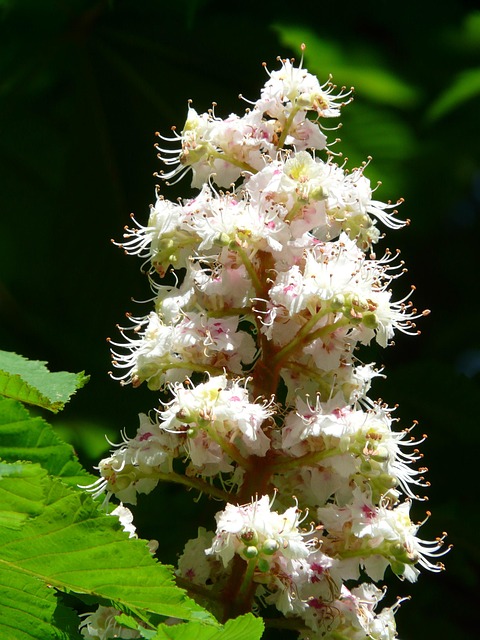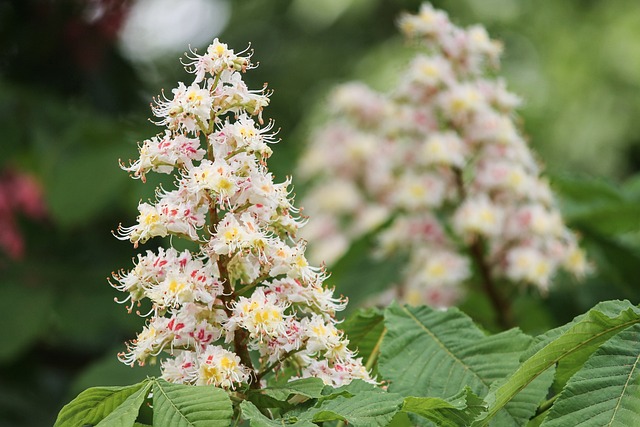The real estate sector can drive sustainable community growth by adopting eco-friendly practices. Green buildings reduce energy consumption and carbon footprints, promote healthier living environments, and attract businesses committed to sustainability. Mixed-use developments encourage walkability, bike infrastructure, and efficient public transport, minimizing urban sprawl. Community engagement is crucial for shaping vibrant, resilient neighborhoods with integrated open spaces, renewable energy sources, and collaborative planning that harmonizes with local needs and character.
Sustainable community growth is a vital aspect of modern urban development, and real estate plays a pivotal role in shaping eco-conscious neighborhoods. This article explores strategies that emphasize environmentally friendly housing, from the influence of real estate on community design to collaborative initiatives. We delve into how engaged communities can drive sustainable growth, ensuring a brighter future for generations to come. Discover innovative approaches to creating vibrant, green spaces and the power of real estate in fostering healthier, more resilient communities.
The Role of Real Estate in Shaping Sustainable Communities

The real estate sector plays a pivotal role in fostering sustainable community growth. Developers and investors have the power to shape urban landscapes by incorporating eco-friendly practices into their projects. Green buildings, for instance, reduce energy consumption and carbon footprints, contributing to healthier living environments. Moreover, mixed-use developments promote walkability and reduce traffic congestion, encouraging residents to adopt more sustainable lifestyles.
By prioritizing community needs and environmental stewardship, real estate can drive the creation of vibrant, resilient neighborhoods. This includes integrating open green spaces, efficient public transport networks, and renewable energy sources within residential areas. Such initiatives not only enhance the quality of life for inhabitants but also attract businesses and entrepreneurs who share a commitment to sustainability, further strengthening the community’s economic base.
Strategies for Promoting Eco-Friendly Housing Development

Promoting sustainable community growth starts with eco-friendly housing development in real estate. One key strategy is to encourage and prioritize green building practices, such as using renewable materials, implementing energy-efficient systems, and incorporating natural lighting and ventilation. Governments and developers can collaborate to offer incentives like tax breaks or subsidies for builders adopting these methods. Additionally, prioritizing walkability, bike-friendly infrastructure, and access to public transport within residential areas reduces the community’s carbon footprint by minimizing reliance on private vehicles.
Another effective approach is to design mixed-use developments that combine residential spaces with retail, commercial, and recreational amenities. This reduces urban sprawl, conserves land, and fosters walkable, vibrant communities. Moreover, integrating green spaces and urban farming initiatives not only enhances the aesthetic appeal but also promotes a healthier lifestyle among residents. By adopting these strategies, real estate developers can contribute significantly to building sustainable communities while meeting the housing needs of growing populations.
Community Engagement and Collaborative Sustainable Growth

Community engagement is a cornerstone of sustainable growth in any real estate development. It fosters a sense of belonging and encourages residents to actively participate in shaping their living environment. When communities come together, they can better understand and address local needs, leading to more holistic and effective sustainability initiatives. Collaborative efforts between developers, local governments, and residents enable the creation of eco-friendly spaces that enhance quality of life while minimizing environmental impact.
Incorporating collaborative sustainable growth practices requires open communication channels and a willingness to embrace diverse perspectives. By engaging with the community from the planning stages onwards, developers can ensure that their projects align with the neighborhood’s unique character and aspirations. This approach not only results in more harmonious developments but also paves the way for long-term environmental stewardship and a thriving, resilient community.






